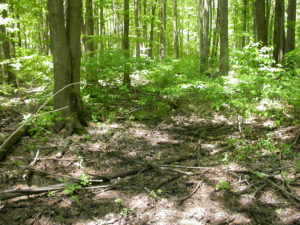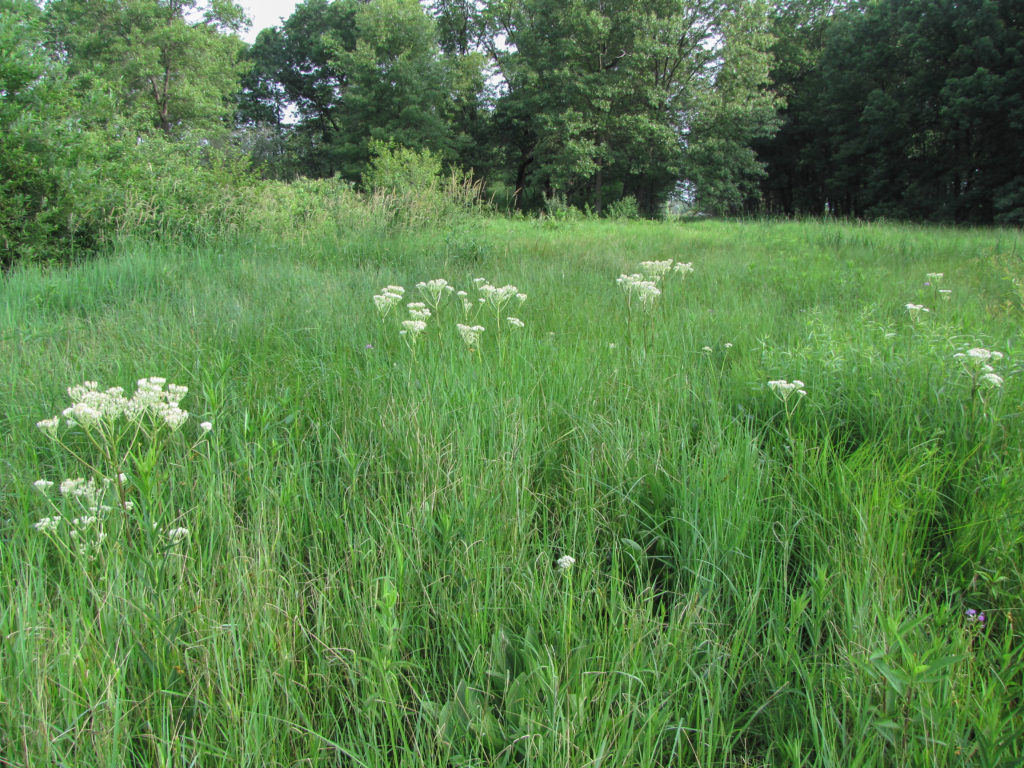Stay on schedule and under budget by planning for wetlands
Helping our clients complete hundreds of projects has taught us that the schedule and cost are two of their top priorities. This is no surprise, but even so, it can be a challenge to stay on time and under budget, especially if you plan, design, or build development projects.
You have to plan ahead to anticipate where delays, additional costs, or other unintended impacts may pop up. That means if you plan, design, or build development projects, sooner or later, you’re going to have to think about wetlands.
Now, I understand, it may be tempting to say to yourself “There aren’t wetlands in my project area,” and simply move on.
Maybe you looked at aerial photos and don’t see any ponds. Maybe the National Wetlands Inventory map doesn’t show any wetlands on your project site. Maybe you have even been onsite and didn’t see any cattails or standing water.
The problem is, even if all that is true, your site could still have wetlands, under the law.
Wetlands in the U.S. are defined and regulated by government agencies. There are differences depending on where you are, but in Indiana, for example, wetlands are regulated by the U.S. Army Corps of Engineers (USACE) or the Indiana Department of Environmental Management (IDEM).
The last thing you want is to find out that your project has impacted a wetland you didn’t even know was there because it doesn’t “look” like a wetland. For example, the forested wetland shown above, and the wet prairie below look very different, but both are wetlands.
Even inadvertent impacts could lead to substantial delays and additional costs. Depending on the type of impacts, you might even be facing tough questions from the public or the press, or, worse yet, your neighbors.
You can avoid all that just by planning ahead.
Working with a wetland ecologist can help you understand the risks of wetland impacts and can help you answer important questions like:
- Is there a wetland in my project area?
- If so, where is it, how big is it, and is it a regulated wetland?
- If I can’t avoid the wetland, what are my options?
- What are the costs?
- How long will it take?
This information can help you make the best decisions to help keep your project on schedule and on budget, and you can avoid the additional stress that comes from schedule delays and budget overruns.
The next step in your project may be to apply for a wetland permit. How do you know if you need one? What does that mean for your project? We’ll talk about that in a post next week.
If you want to talk to an Orbis ecologist, you can contact us at 574-635-1338 or by email at info@orbisec.com.


